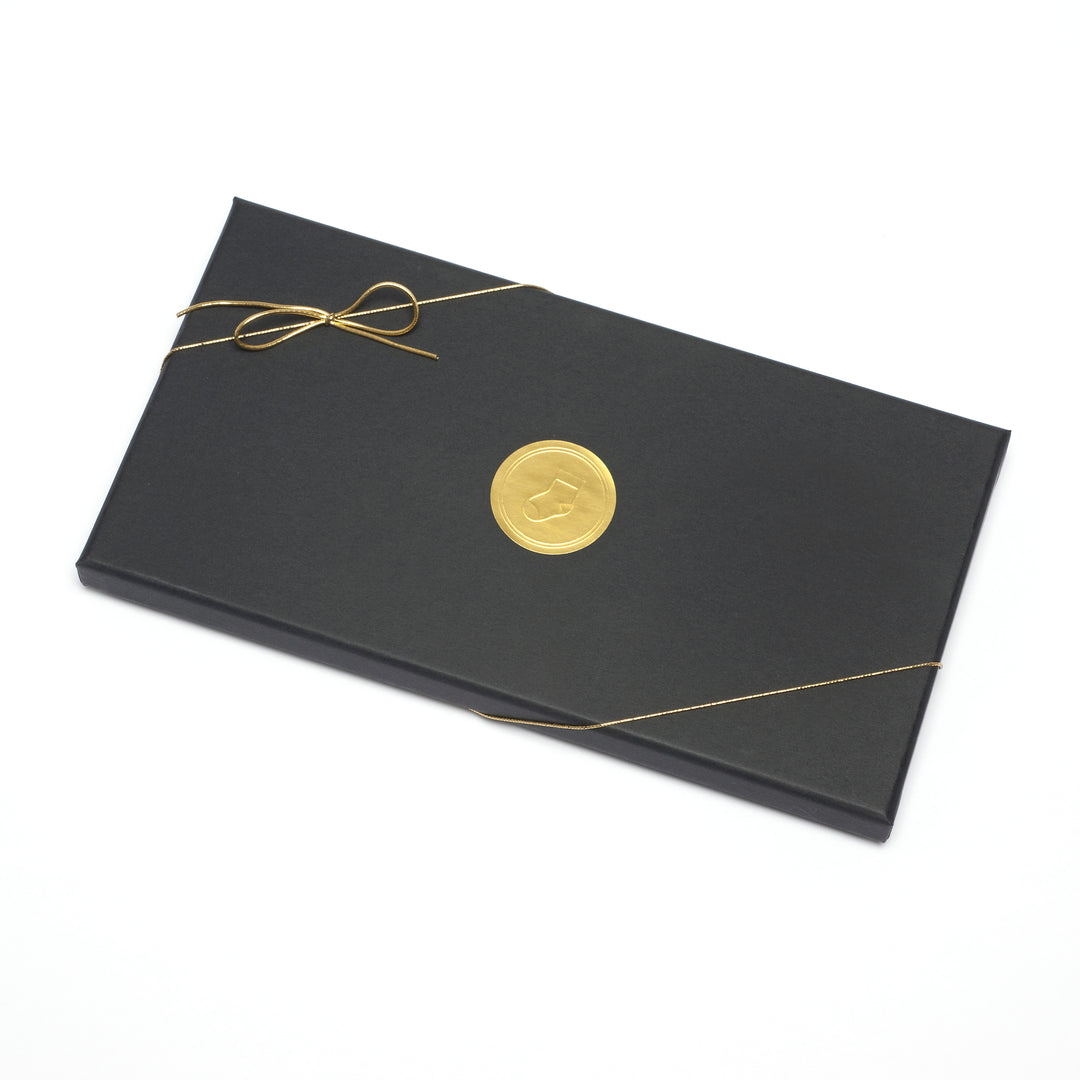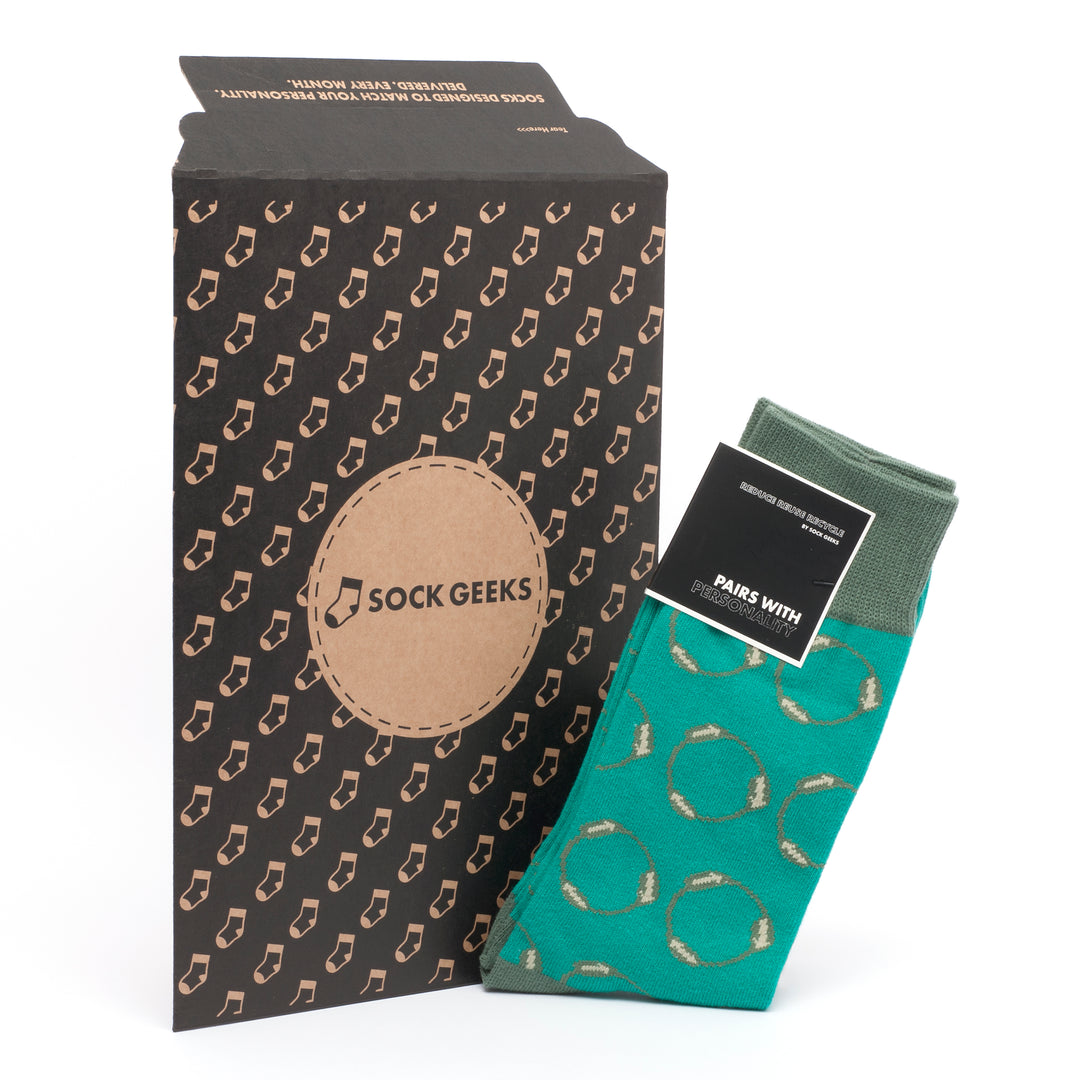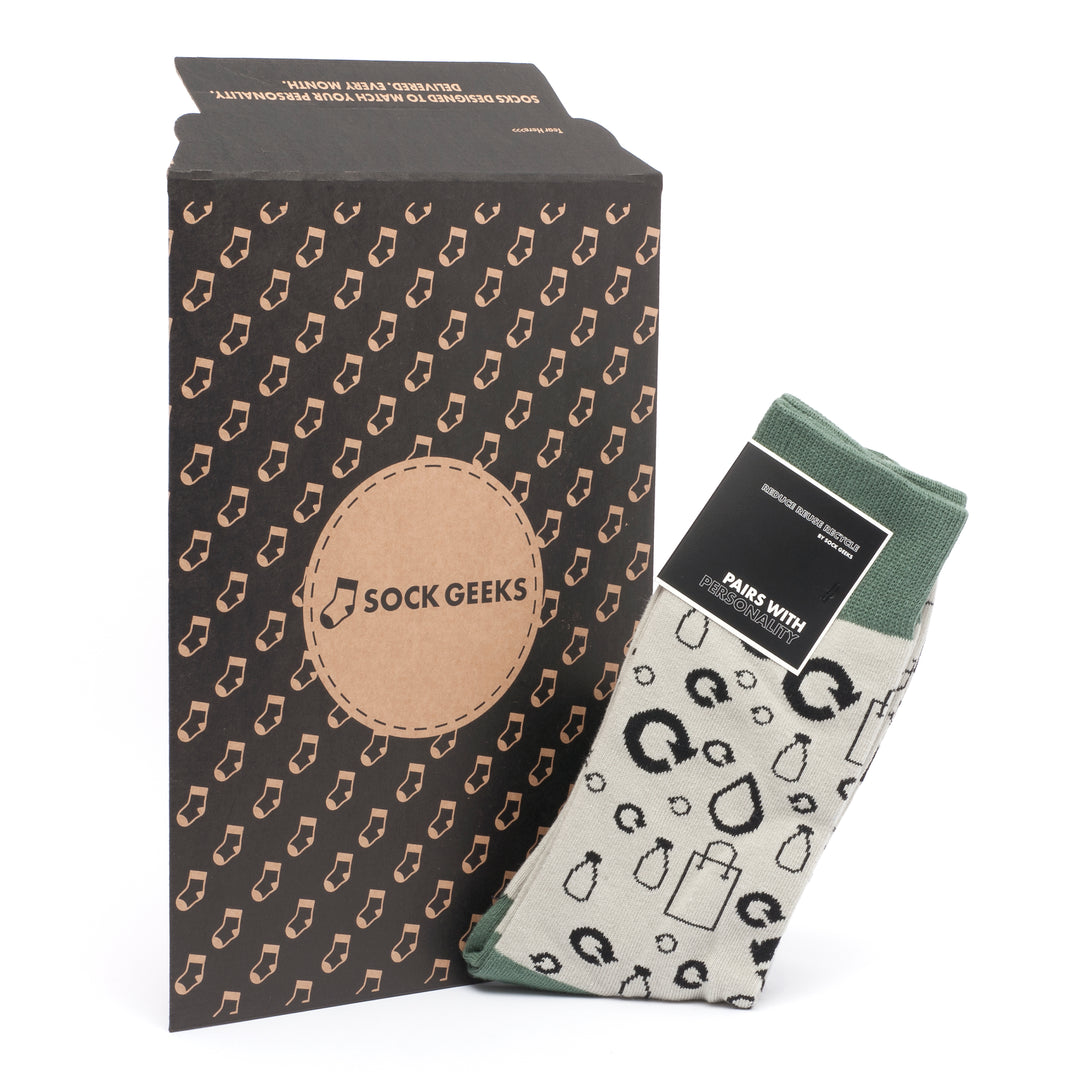The Timeline of the Iconic Argyle Pattern Unveiled: From Scottish Kilts to Fashion Socks
Ever wondered how the iconic argyle pattern, with its intricate patterns, journeyed from Scottish kilts to trendy fashion socks? Delve into the fascinating timeline of this classic design, tracing its evolution and impact on the world of fashion. From its traditional roots to its modern interpretations, witness the enduring charm of the argyle pattern as it continues to captivate style enthusiasts across generations with its plaid colours. Discover the rich history and cultural significance woven into every diamond-shaped motif, unlocking a tapestry of heritage and innovation that has stood the test of time.
Key Takeaways
- Understand the rich history and evolution of the iconic argyle pattern from Scottish kilts to contemporary fashion socks.
- Appreciate the cultural significance of argyle in Scottish heritage and its transition into a global fashion symbol.
- Explore the intricate art of knitting argyle patterns and the craftsmanship involved in creating this timeless design.
- Differentiate between argyle and tartan patterns, recognising their unique characteristics and traditional uses.
- Embrace the resurgence of argyle fashion socks as a stylish and versatile accessory in modern wardrobes.
- Discover the diverse contemporary applications of the argyle pattern across various industries and design disciplines.
Origins of the Argyle Pattern
Clan Campbell
The argyle pattern finds its roots with the Clan Campbell of Argyll in Scotland, known for their distinctive tartans. This iconic design has a rich heritage dating back to ancient Scottish traditions.
Traditional Use
Originally, the argyle pattern was predominantly utilised in kilts and plaids, symbolising the wearer's clan affiliation and social status. It held deep cultural significance within Scottish communities.
Global Popularity
The argyle pattern gained international recognition when it was popularised in the United States by Pringle of Scotland. This marked a shift from traditional Scottish attire to a fashion statement embraced worldwide.
Argyle in Scottish Heritage
Significance
Argyle pattern holds a significant place in Scottish Highlanders' attire, symbolizing their cultural heritage. It was originally used in the clan Campbell's traditional dress, reflecting their identity and pride.
The pattern, although often mistaken for tartan, is distinct with its diamond-shaped design and overlapping motifs. It stands out as a unique representation of Scottish craftsmanship and style.
Association
The Argyle pattern became widely popular when it caught the attention of the Duke of Windsor in the early 20th century. His fondness for the design led to its integration into mainstream fashion, transforming it from a traditional motif to a global trend.
- Symbolizes cultural heritage
- Unique diamond-shaped design
- Popularized by the Duke of Windsor
Evolution in the 20th Century
Post-War Fashion
Fashion trends evolved rapidly in the 20th century, with new styles emerging post-First World War. The demand for unique and stylish clothing increased significantly.
The iconic argyle pattern gained popularity during this period, transitioning from its traditional Scottish roots to a global fashion statement. People sought sophistication and individuality in their attire, embracing diverse patterns and designs.
Emergence of Pringle's Design
In the 1920s, Pringle of Scotland revolutionised fashion with its introduction of the iconic argyle design. This distinctive pattern quickly captured the attention of fashion enthusiasts worldwide, marking a significant shift in textile design.
Pringle's innovative approach to incorporating the argyle pattern into various garments signified a departure from conventional styles. The brand's bold creativity set a new standard for advancements in fashion, inspiring other designers to experiment with patterns and colours.
Golfing Influence by the Duke
The Duke of Windsor played a pivotal role in popularising the argyle pattern by incorporating it into his golfing attire. Renowned for his impeccable sense of style, he elevated the status of the argyle pattern from traditional kilts to fashionable socks.
The widespread adoption of argyle in golf clothing not only reflected a wide range of sartorial choices but also symbolised a blend of heritage and modernity. This fusion resonated with individuals seeking to express their unique tastes while honouring rich historical traditions.
Art of Knitting Argyle
Diamond Patterns
The intricate diamond-shaped pattern of the argyle design is a hallmark feature. It consists of overlapping diagonal lines, forming a series of lozenges.
The plaid or argyle pattern has been synonymous with Scottish culture for centuries, adorning traditional kilts and representing familial clans.
Precision Knitting
Crafting the argyle pattern requires precision in knitting technique. Each diamond must align perfectly, showcasing the knitter's skill and attention to detail.
Knitters meticulously intertwine different coloured yarns to create a visually striking motif that stands out on various garments, from socks to sweaters.
Colour Blending
An essential aspect of argyle is the blend of two solid colours side-by-side within each diamond shape. This juxtaposition creates a harmonious yet bold visual effect.
The colour combinations used in argyle designs play a crucial role in defining its aesthetic appeal. The strategic placement of hues enhances the overall charm and sophistication of the pattern.
Argyle vs Tartan Comparison
Differences
Argyle differs significantly from traditional tartan patterns. While tartan designs feature a repetitive pattern of crisscrossed horizontal and vertical bands in multiple colours, argyle patterns, often seen on socks, consist of diamond shapes with diagonal lines crossing over them. The key distinction lies in the construction method; tartans are created through weaving, while argyles are typically knitted.
Colour Scheme
An essential characteristic of the argyle pattern is the use of two solid colours adjacent to each other within each diamond shape. This specific colour arrangement contributes to the distinctive visual appeal of argyle designs, making them easily recognisable and unique compared to other patterns like tartan.
Modern Interpretation
In contemporary fashion, the argyle pattern has evolved from its traditional roots and deviates from the classic tartan weave. While still retaining its diamond-shaped motif, modern interpretations often experiment with different colour combinations, sizes of diamonds, and placements on various garments, ranging from socks to sweaters.
Rise of Argyle Fashion Socks
Ethan Caflisch
Ethan Caflisch played a significant role in popularising the dress socks with the iconic argyle pattern in the United States. His influence helped elevate the design from traditional Scottish kilts to modern fashion statements.
Payne Stewart
Golfer Payne Stewart became synonymous with his flashy and vibrant socks, often sporting eye-catching argyle patterns on the golf course. His bold fashion choices not only showcased style but also brought attention to the classic yet contemporary appeal of argyle designs.
Sports Teams
Contemporary fashion trends have seen sports teams incorporating updated versions of the argyle pattern into their uniforms and merchandise. This modern twist on a traditional design has added a touch of sophistication and flair to sports apparel, appealing to both athletes and fans alike.
Contemporary Uses of Argyle
Sports Teams
Argyle pattern is not limited to fashion socks; it is also prominently seen in sports team uniforms. For instance, the University of North Carolina's basketball uniforms proudly feature this distinctive pattern, adding a touch of sophistication to their athletic attire.
International Influence
The Belgian football team took a modern approach by introducing an updated version of the argyle pattern in 2018. This move signified the pattern's enduring popularity and adaptability across various fields beyond traditional Scottish roots.
Versatile Aesthetic
The versatility of the argyle design is evident through its integration into diverse settings, ranging from high-end fashion accessories to casual sportswear. Its ability to seamlessly transition between formal and informal contexts highlights its timeless appeal and universal acceptance.
Cultural Impact
The adoption of argyle in sports team uniforms showcases how a traditional Scottish motif has transcended geographical boundaries to become a global style statement. This evolution reflects the pattern's ability to adapt to contemporary trends while retaining its classic charm.
Iconic Status Unveiled
Fashion Evolution
Iconic for centuries, the argyle pattern is a symbol of both fashion and heritage. From its origins in Scottish kilts to gracing modern fashion socks, it has retained its timeless appeal. This classic pattern has captured the hearts of fashion enthusiasts worldwide.
The argyle pattern's journey reflects a rich tapestry of tradition and modernity. Initially adorning Scottish kilts, it now finds itself on designer outfits and even at the prestigious Windsor Castle. The pattern's versatility allows it to add a sophisticated touch to any ensemble.
Tradition Meets Modernity
Embraced by designers and fashion icons, the argyle pattern continues to hold its place in the fashion world. Its cultural significance remains unrivalled, appealing to individuals seeking a blend of tradition and contemporary style. The pattern's popularity endures, transcending generations.
In today's fashion landscape, the argyle pattern represents more than just a design; it embodies a sense of history and elegance. As it weaves through different eras, this iconic pattern adapts effortlessly while retaining its distinctive characters. It stands as a testament to the enduring allure of classic motifs amidst ever-changing trends.
Final Remarks
You've journeyed through the intricate history and evolution of the iconic argyle pattern, uncovering its roots in Scottish heritage and its transformation into a symbol of style and sophistication. From its humble beginnings in kilts to its modern-day presence in fashion socks, argyle has stood the test of time, weaving a narrative of tradition and innovation. As you embrace the contemporary uses of argyle, remember the artistry behind each knit and purl, carrying forward a legacy that transcends trends.
Explore how this timeless pattern can add flair to your wardrobe or spark conversations about its rich cultural significance. Embrace the versatility of argyle and make it a statement piece in your fashion repertoire. Let the iconic status of argyle inspire your style choices and celebrate its enduring charm.
Frequently Asked Questions
What are the origins of the Argyle Pattern?
The Argyle pattern originated in Scotland and was historically linked to the Campbell clan. Its diamond design is said to have been inspired by the tartan patterns worn by Scottish Highlanders.
How does Argyle differ from Tartan?
Argyle features a diamond-shaped pattern with interwoven diagonal lines, while Tartan consists of stripes and crisscrossed horizontal and vertical bands of multiple colours. Argyle is more geometric, whereas Tartan is more linear.
How has the Art of Knitting Argyle evolved over time?
Originally knitted by hand in Scotland, the art of knitting Argyle patterns has evolved with modern technology and machinery. Traditional techniques have been adapted for mass production, making it more accessible in contemporary fashion.
Why are Argyle Fashion Socks rising in popularity?
Argyle Fashion Socks have become popular due to their versatility and stylish appeal. They offer a classic yet trendy look that can be dressed up or down, adding a touch of sophistication to any outfit.
What are some contemporary uses of the Argyle pattern?
Today, the Argyle pattern is not limited to socks and knitwear but can be seen on various fashion items like sweaters, scarves, bags, and even home décor. Its timeless charm continues to captivate fashion enthusiasts worldwide.














Leave a comment